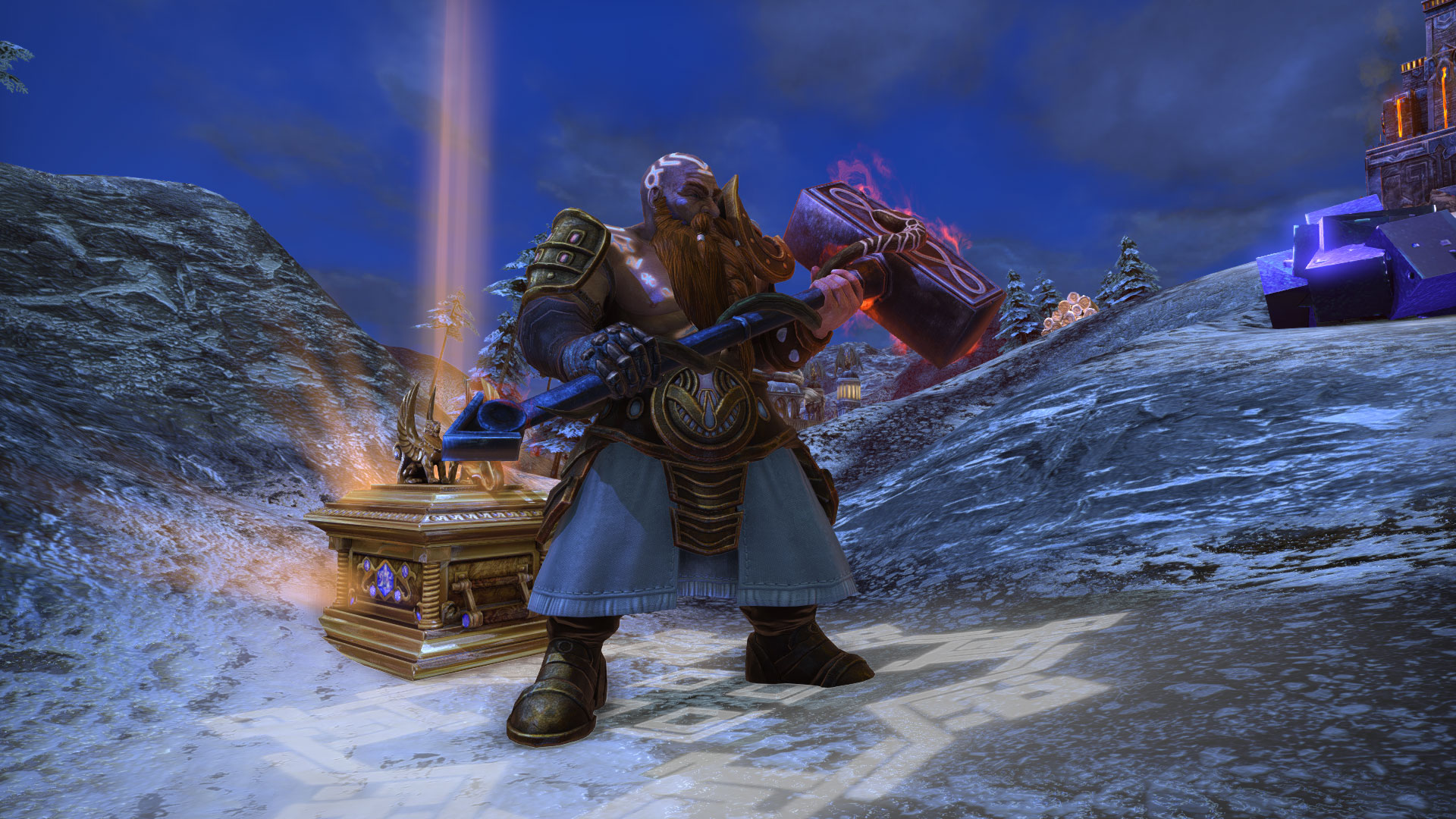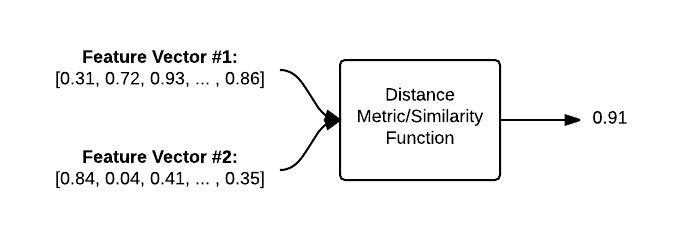

We can dump its contents with dumpe2fs and -h option prints only the Superblock.įilesystem UUID: 8eefa5bb-858c-4bd0-b80d-1aebc23de317įilesystem features: has_journal ext_attr resize_inode dir_index filetype extent flex_bg sparse_super large_file huge_file uninit_bg dir_nlink extra_isizeįilesystem created: Wed Aug 23 11:20:00 2017 We start with the Superblock, as its location is fixed and it contains the basic file system information.

I will explain all of these and related concepts in this post. So it is not something to be specifically mentioned in this post.
#Might and magic files comparer bad bitmap code#
I have actually looked up to source code of mkfs for this, and it actually only writes out the information for the file system and closes the structures. There is something called accounting information.There are things called group tables, inode tables and journal.There is something called Superblock with 9 backups.Filesystem UUID is the partition UUID in GPT.This block size is not the logical block size (of LBA), it is the file system block size, and ~4M blocks mentioned above are the file system blocks not Logical Blocks. Block size of 4096B is the automatically selected value, we can create with another block size also.A filesystem is created consisting of 3908091 blocks.mkfs is actually a wrapper and actually executes mkfs. Mkfs, make file system, creates a file system whose type is specified with -t, here ext4. Writing superblocks and filesystem accounting information: done If you are not familiar with GPT and Logical Block Addressing (LBA), I recommend you to read my post about GPT first: A Quick Tour of GUID Partition Table (GPT). However, it is the best to have a play area, so I will create an ext4 file system on a USB memory stick, attached to /dev/sda.įirst, I have created a GUID Partition Table (GPT) with a single Linux partition on it. If you are using Linux, you are probably already using ext4 as your main file system. ext3 is introduced around 2000 with journaling support. ext means extended filesystem and if you wonder, yes, there is also ext (v1, without any number in the name) but it was used for a very short time (around 1992) and ext2 replaced it very quickly. It is the successor of ext3 which is the successor of ext2. HistoryĮxt4 is the default Linux filesystem since 2010. While writing this post, I have used the Ext4 Disk Layout documentation, the source of ext4 file system (in Linux Kernel), the source of e2fsprogs package (includes debugfs and dumpe2fs) and the source of coreutils package (includes ls). However, this does not affect anything in terms of understanding how it works.

I did not execute the examples in this Tutorial in order, and because the file system is very dynamic, there can be inconsistencies between sections or if you try to do it yourself and compare your results to the one I show in this post. ext4 is not very simple, you probably need a few hours to go over everything written in this post. I named this post a “Minimum Complete Tutorial”, because I will try to keep the content minimal by omitting the optional parts and extra features while completely describing everything in a fully functional ext4 file system.
#Might and magic files comparer bad bitmap full#
Although I aim to make this article comprehensive enough to understand how ext4 works, I have omitted many features, so it is not a full description. I will describe Linux ext4 file system as simple and as comprehensive as possible with examples.ĭisclaimer: I am not an expert on ext4.


 0 kommentar(er)
0 kommentar(er)
